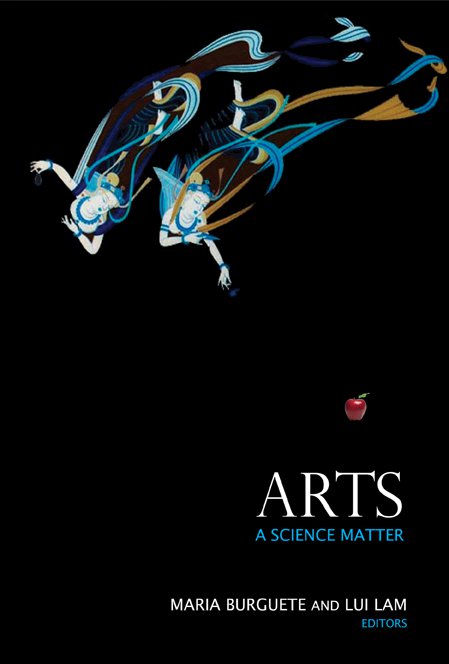Arts: A Science Matter
The nature and origin of arts, and its relationship to “science” have been under much debate since Plato about 2,400 years ago. Here, a new perspective on these issues is presented. Science is to understand how nature works, while nature consists of (human and nonhuman) living systems and nonliving systems. Consequently all human-dependent matters are part of science—the premise underlying the new discipline called Science Matters (SciMat), which covers all topics in humanities and social sciences, arts in particular. (Arts here refer to visual arts, literature, film, performance arts, music, architecture, new media arts and so on.) In fact, arts are a subset of humans' creative activities that aim to excite the receiver's neurons in a certain manner, through that person's senses, with or without significant consequences. The usual kind of “science” is to understand mostly inanimate, simple systems and how the world/universe works; it is part of science in general. Arts as a science matter is to find out everything about arts, including arts' origin and nature, and how and why arts work at both ends of the creator and the receiver. Like physics and any other discipline, arts can be classified into two types—pure arts and applied arts. Some arts, such as drawing and performance art, could start a million years ago. All arts evolved over time and space, and the contents kept on changing as humans invented language and writing and as they migrated out of Africa and spread over the world; arts contain both global universal elements and local features. Here, all these issues as well as how arts as a science matter could be studied are elaborated, after a brief introduction to SciMat and humans' development history and inheritance mechanism (genes and epigenes) is given.


